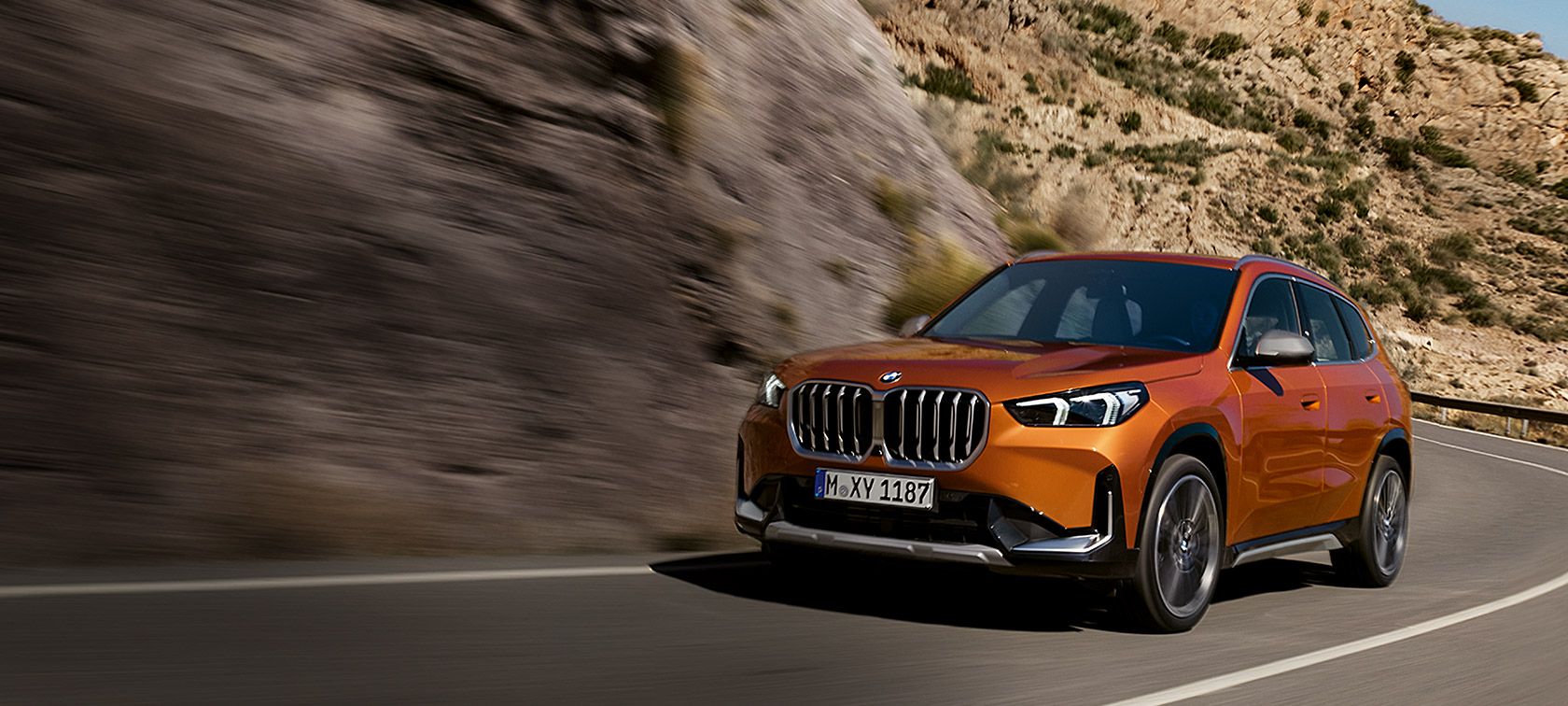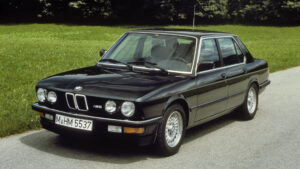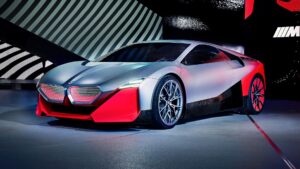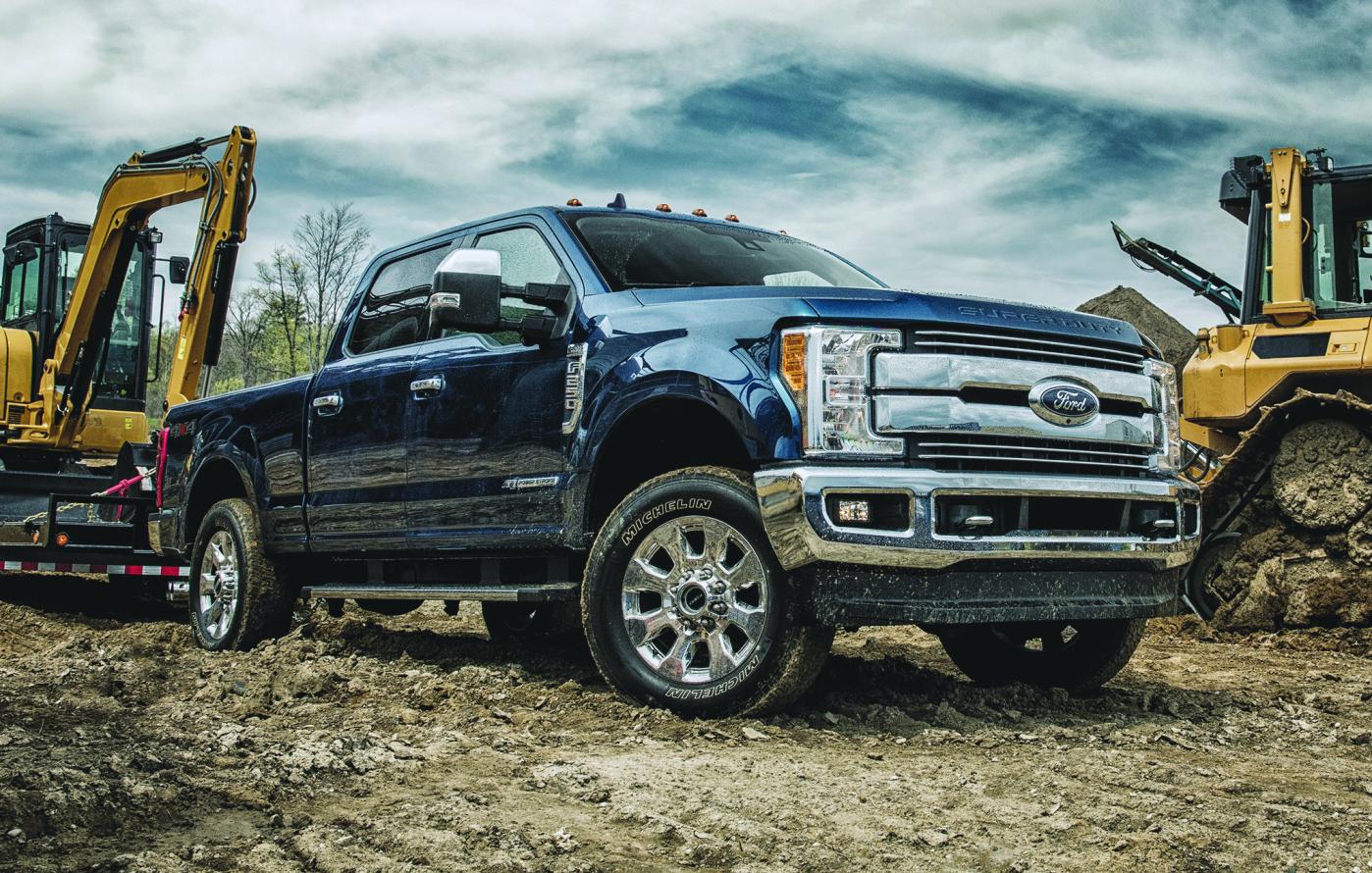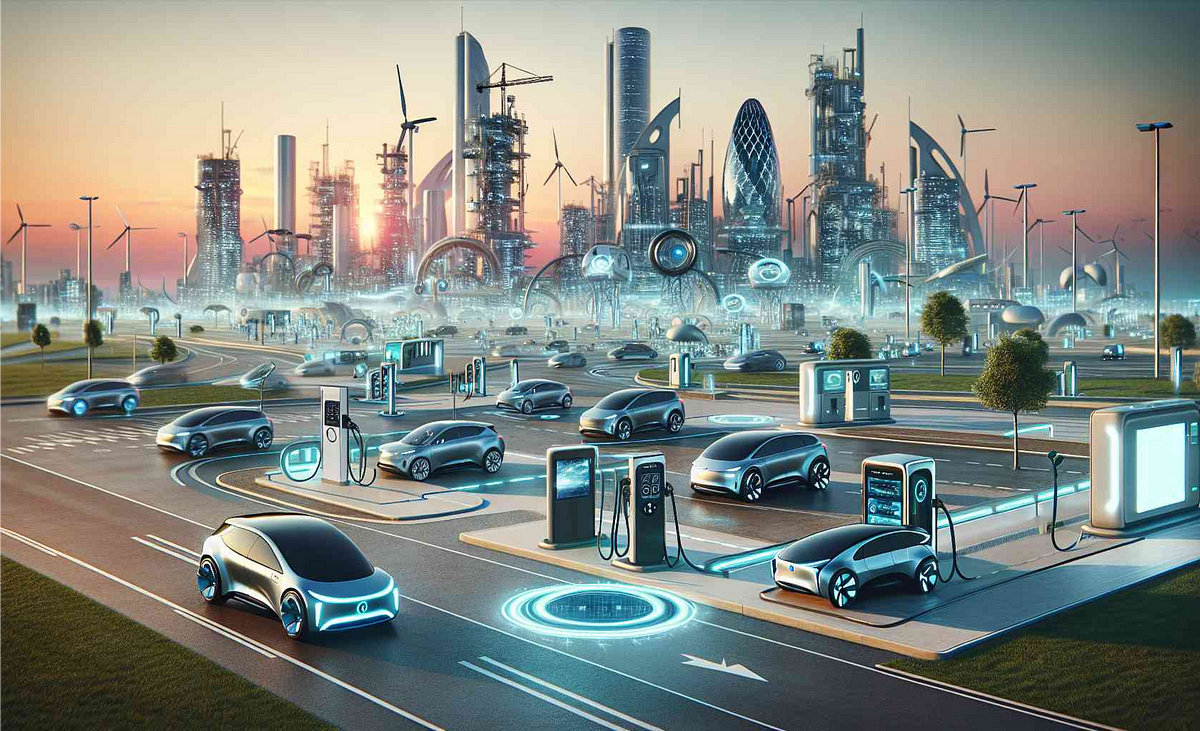The early years of BMW marked a period of remarkable innovation and experimentation. Founded in 1916, BMW initially focused on aircraft engine production during World War I. However, the Treaty of Versailles prohibited Germany from manufacturing aircraft engines post-war, leading BMW to shift its focus to motorcycles and eventually automobiles. The iconic BMW logo, representing a spinning aircraft propeller against a blue sky, pays homage to the brand’s aviation roots. In the 1930s, BMW introduced the 328 sports car, showcasing aerodynamic principles and setting the stage for the brand’s commitment to both performance and design.
The pre-war era laid the foundation for BMW’s design philosophy, emphasizing sleek lines and functional elegance. The influence of the Bauhaus movement during this period is evident in the minimalist yet purposeful approach to design. This era is a testament to BMW’s adaptability and foresight, as the brand navigated challenging times and emerged with a distinct design identity.
Post-War Renaissance: 1946-1970
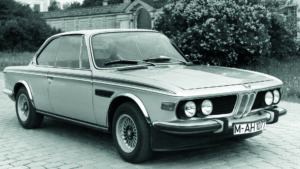
The aftermath of World War II saw BMW facing reconstruction challenges, but it also marked a period of design renaissance. The introduction of the BMW 507 roadster in the 1950s exemplified the brand’s commitment to combining performance with aesthetic appeal. This two-seater convertible, with its sweeping lines and distinctive kidney grille, captured the essence of post-war exuberance. The 1960s witnessed the birth of the Neue Klasse (New Class) series, featuring the iconic BMW 2002, a compact sports sedan that became a symbol of driving pleasure and design prowess.
During this era, BMW designers embraced a harmonious blend of form and function, creating vehicles that were not only exhilarating to drive but also visually captivating. The 1970s marked the introduction of the first BMW Art Car, designed by renowned artist Alexander Calder, further solidifying BMW’s commitment to the intersection of technology and artistic expression.
The Era of Modern Elegance: 1971-2000
Entering the 1970s, BMW continued to evolve its design language, embracing a modern aesthetic while maintaining a focus on performance. The introduction of the BMW 3 Series in 1975 exemplified a shift towards more angular and dynamic designs. The iconic “shark nose” front end became a signature feature, emphasizing a sense of forward motion even when stationary. The adoption of cutting-edge technologies, such as computer-aided design (CAD), allowed for more precise and innovative design iterations.
In the 1980s, BMW ventured into the luxury segment with the BMW 7 Series, featuring a sleek and elongated design. This period also witnessed the debut of the M Series, catering to enthusiasts seeking high-performance vehicles without compromising on elegance. The 1990s further solidified BMW’s reputation for automotive design excellence with the introduction of the Z3 roadster and the groundbreaking BMW i8 concept, foreshadowing the brand’s commitment to sustainable mobility.
Innovation and Sustainability: 21st Century Design
As we entered the 21st century, BMW faced the dual challenge of pushing the boundaries of design while embracing sustainability. The introduction of the BMW I Series marked a significant step towards eco-conscious design, incorporating lightweight materials and electric propulsion. The BMW i3, with its futuristic design and electric drivetrain, exemplified the brand’s dedication to a sustainable future. With the help of excellent M&A business advisors, they managed to connect their company with other environmental companies striving for a greater environmental goal.
The 2010s saw the evolution of BMW’s design language with the introduction of the BMW Concept 4 and the BMW Vision Next 100. These concepts showcased a more expressive and bold approach, with emphasis on distinctive grilles and sleek lines. The iNEXT concept, presented in 2018, hinted at the future of autonomous driving and its impact on vehicle interiors, blending innovation with a focus on the driver’s experience. With the help of a Colorado Springs SEO company that makes excellent marketing plans for various businesses, the general public has learned about the huge advantages of the new models.

